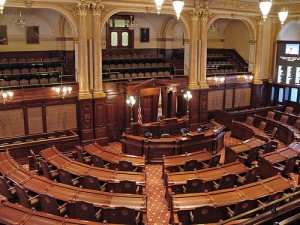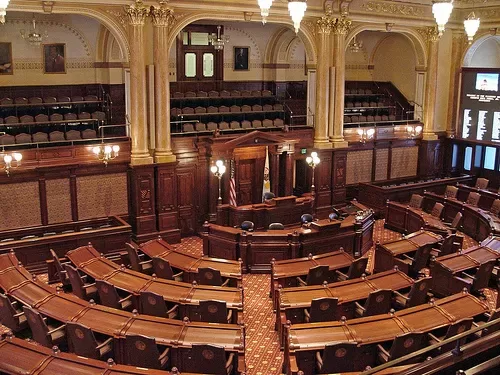The difficulty of fairly pricing milk has led to many different approaches over the last half-century, most lasting fewer than ten years. Nonetheless, new possibilities of reform were seldom addressed in the previous decade- until last year’s dairy crisis. The anger felt by dairy producers and their subsequent organizations yielded three major proposals on the table for debate: Bill 1645 Federal Milk Marketing Improvement Act constructed by Specter and Casey, Holstein Association USA’s Dairy Price Stabilization Program (DPSP) and the Dairy Producer Income Protection Program (DPIPP) from the National Milk Producer’s Federation.

The Dairy Producer Income Protection Program plan, also known as Foundation for the Future, is based on an insurance system to protect against low margins. Every farmer would be entitled to a base coverage that is paid by the government, and then would have the option of purchasing a greater level of coverage, established by both the percentage of his milk yearly production and how the amount of coverage desired by hundredweight. Producers may protect up to 90% of their annual production at a limit of $4.00 per cwt. The NMPF claims that the DPIPP “aims to develop a system that fairly compensates producers and reduces margin volatility to create a more dynamic dairy industry.”
The NMPF promises that the proposal will save both government and taxpayer money. What they do not emphasize, however, is the cost to small farms. One of the chief sacrifices for the margin protection program to be implemented is the Milk Income Loss Contracts (MILC). MILC is unique in that it is a subsidy that, at least marginally, lends an advantage to being a family farm. A single farm could only receive payments on up to 2.985 million pounds per fiscal year. Large producers have to choose which month to start receiving the compensation, while family farms tend to stay well under the cap. As difficult as it is to get approval for useful subsidies in the dairy industry, MILC was a victory. Jerry Kozak, president of the NMPF, states that the “elimination of the price support program and a folding in of the MILC program (is necessary) to help pay for a substantial portion of the margin protection program…No, we can’t get it passed without these elements.”
Large farms traditionally have the advantage of economies of scale, while family farms must operate within tighter financial parameters. This doesn’t bode well for small farms under the DPIPP, who must pay the same rates for insurance as corporate operations- a price that many may not be able to afford. According to the Dairy Producer Margin Protection Calculator, a farm that produces 650,000 pounds of milk a year will have to pay $5,393.70 for the maximum income protection. Few family farms can likely foot that bill. Gerald Carlin, a Pennsylvania farmer, addresses his concern about the DPIPP:
The programs outlined in NMPF’s Foundation for the Future will have a dramatically negative impact on small and mid-side dairy farms since the MILC program will be eliminated while the base insurance program will yield very little protection by NMPF’s own calculations. Only nine months in the last 10 years have had margins low enough to make one eligible for payments under the base insurance program. Foundation for the Future promotes prices in line with the global market while they proclaim to seek to compensate farmers fairly. One would have to ask what their definition of fairness is. NMPF is not working to raise farm income but rather find ways to keep large dairies afloat, but in constant financial bondage. The noose will continue to be drawn tighter around the necks of all dairy farms. This is nothing but a global free trade scam.
It is unclear which proposal will be given the most consideration as midterm elections near and the 2012 Farm Bill approaches. The debate will continue among producers, between dairy organisations, and in the dairy journals. In the meantime, small farms hope that they still have enough of a voice left for their concerns to be met.

